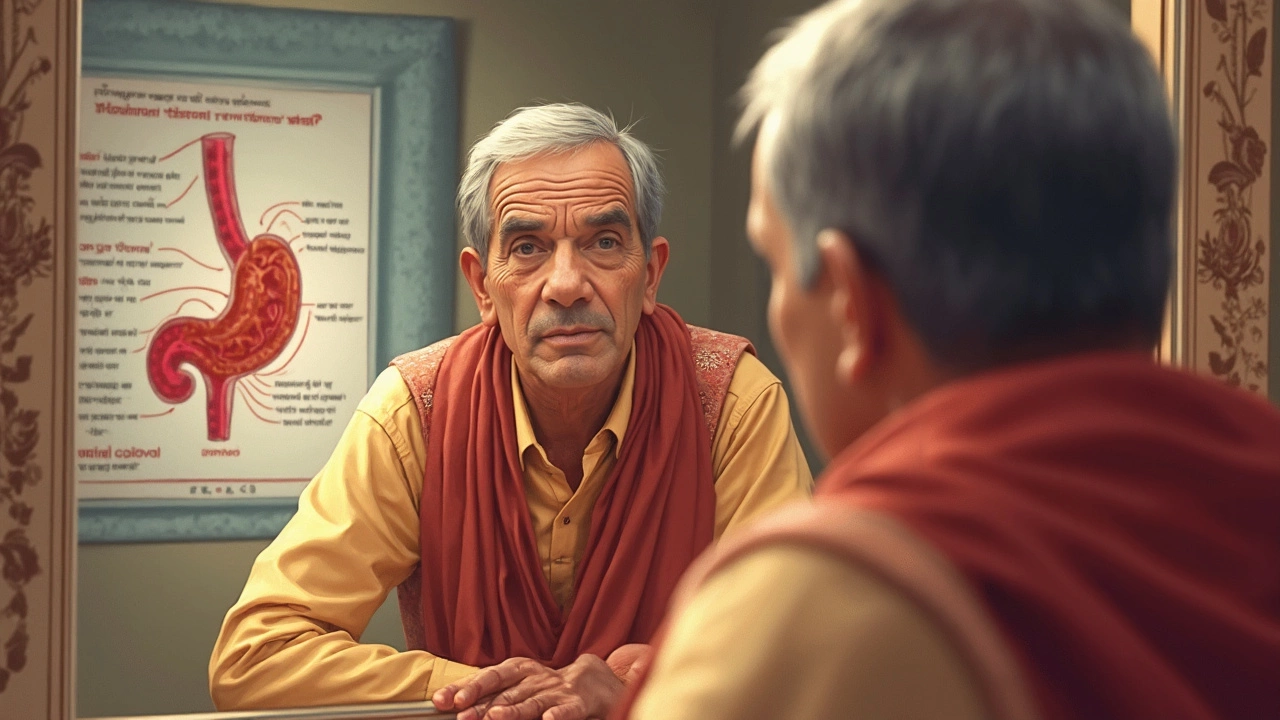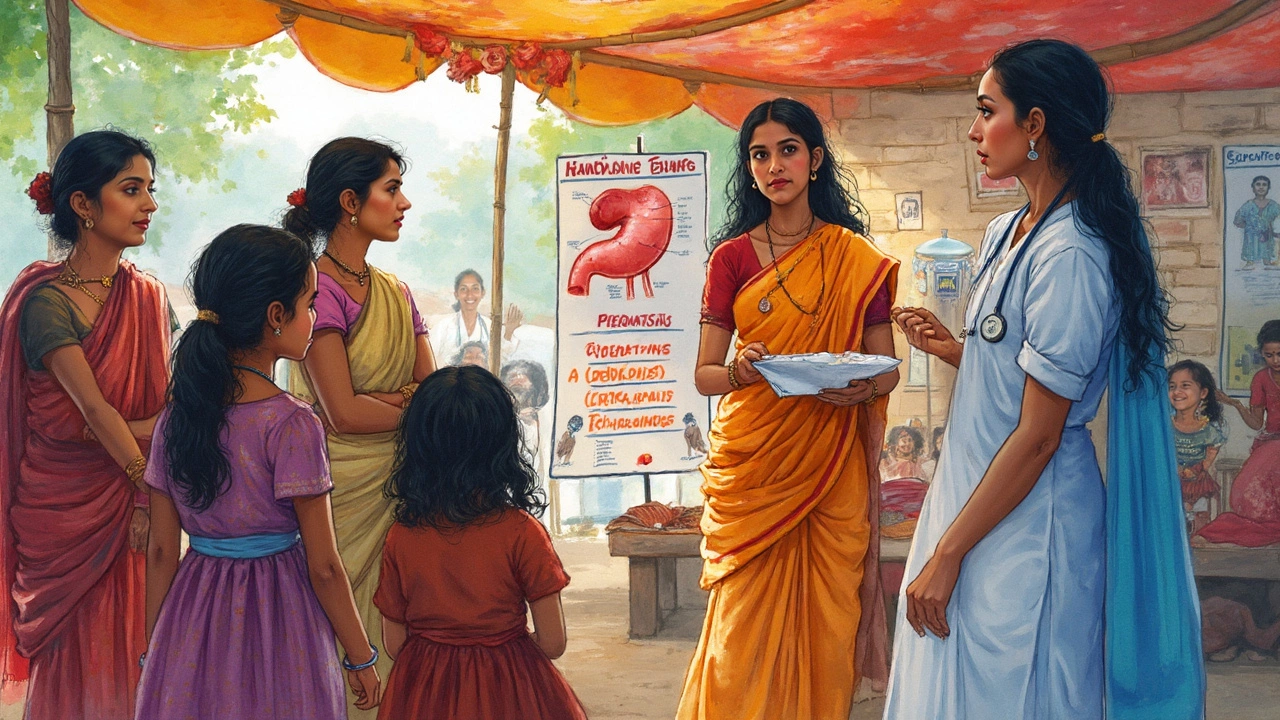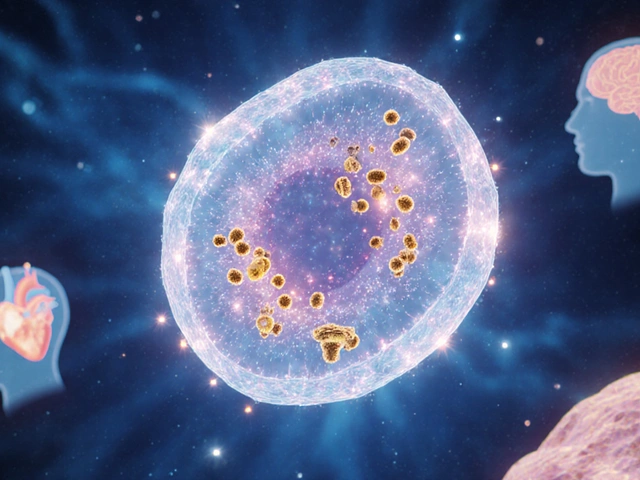Imagine being told you have cancer, and that it's so aggressive, people sometimes lose the battle within weeks or months. That sounds like something out of a nightmare, right? Yet, for thousands dealing with the fastest killing cancers, this is real life. Some cancers hide quietly, with almost no clues, then suddenly attack with full force. Understanding which cancers move with lightning speed, what warning signs often go ignored, and ways to buy time—these aren’t just details. These are tools for saving lives.
The Deadliest Speeds: What Makes Some Cancers Kill Fast?
Cancer isn’t just one disease. It’s more like an umbrella, covering over a hundred types that all behave in totally different ways. What makes a cancer 'fastest killing'? It isn’t just about the actual growth or spread of cells—plenty of slow-moving cancers can still prove deadly over years. What we’re talking about is how quickly a cancer can take someone from feeling 'kind of off' to dangerously ill, and how little time is left for doctors to find, treat, or even slow it down. The term most doctors use is 'aggressive.' That means it grows quickly, doesn’t care about borders, and can outsmart treatments much of the time.
Now, here’s the uncomfortable truth: among all cancers, pancreatic cancer consistently ranks as the fastest killing. The median survival for people diagnosed with advanced pancreatic cancer is often less than six months. Yikes. Lung cancer—especially small cell lung cancer (SCLC)—follows close behind, not because it’s rare but because it spreads like wildfire, making early detection tough. Then you've got liver cancer, brain cancers like glioblastoma, and certain types of stomach and esophageal cancers, all famous for their sneak attacks.
So, why are these particular cancers so deadly? For a start, they often don't show symptoms until they're way past the early stages. By the time something feels 'off,' the disease may have already set up camp in other organs. The pancreas, an organ tucked deep in your belly, is especially tricky. Tumors there often block digestive juices or bile without much pain, at least early on. Spotting a tumor on the pancreas using regular checks isn't usually possible, which is why most cases are caught late. You're not likely to feel a lump, and blood tests can easily miss it too.
What about risk factors? Bad luck is part of it, but there's more. Smoking is a huge risk for both pancreatic and lung cancer. A diet low in fiber and high in processed foods might nudge the odds up. Chronic health issues like pancreatitis, hepatitis, or diabetes—those can play a role, too. Genetics matter, but having a family member with these fast-acting cancers only tips the scales slightly unless you have a rare inherited syndrome. Age is no friend here, but people as young as their late thirties can get blindsided.
One more jarring truth: even with all we know about biology and medical science, there’s no regular screening test for these top killers unless you’re already high risk. There's no mammogram or colonoscopy for the pancreas. And with symptoms often as vague as back pain, unexplained weight loss, or some mild yellowing of the skin, people (even doctors) write it off as digestive stuff or a bad stretch at work. That’s exactly how these super-fast cancers keep winning—they don’t play fair.

Cancer at Top Speed: Real Stories and Warning Signs
If you want a story to stick in your head, think of Steve Jobs. The Apple founder’s pancreatic neuroendocrine tumor was a rare kind, more slow-growing than the common version, but it still caught him off guard despite all his resources. For most, there’s not even that breathing room; it can go from the first weird pain to hospital beds within a few short months.
So, what do early warning signs look like? Let’s run through the recognizable ones for the top three:
- Pancreatic cancer: Watch for unexplained weight loss, loss of appetite, abdominal pain that might radiate to the back, jaundice (yellowing eyes/skin), oily or greasy stools, and fatigue that feels out of proportion to daily life. If you notice your urine looks darker and your skin’s itchy, take it seriously. None of these are specific just to cancer, which is why they get missed all the time.
- Lung cancer: Be wary of a cough that won’t quit, coughing up blood, chest pain that worsens with deep breaths, repeated infections (pneumonia or bronchitis), hoarse voice, and shortness of breath. Small cell type, in particular, doubles in size rapidly, so any new lung symptoms—especially in smokers—needs a quick check.
- Liver cancer: Pay attention to weight loss, loss of appetite, right-sided abdominal pain, swelling, nausea, jaundice, and sometimes even shoulder pain.
Now, here’s an uncomfortable truth: symptoms of these cancers tend to show up only after the disease has spread. The pancreas is hidden deep inside, and the liver can function pretty well until much of it is taken over. As a result, most people with these cancers aren’t diagnosed early enough.
But there are a few red flags that might save lives if you act fast. If you notice a friend or family member, especially someone over 50, rapidly losing weight for no clear reason, don’t brush it off. If simple aches and pains get worse, or normal energy vanishes for weeks—ask questions. If your eyes or skin start turning yellow and you have pale, greasy stools, see a doctor immediately. When it comes to these cancers, hoping it’ll just 'go away' is exactly what the disease wants you to do.
Real talk: the fastest killing cancers force families to roll the dice on experimental treatments or clinical trials, because standard therapies rarely keep up. New breakthroughs are happening, like immunotherapies or precision medicine based on a tumor’s DNA, but for now, most patients rely on chemotherapy, radiation, and sometimes surgery. The best odds still come from catching it early—if that’s even possible.
Another harsh fact? These cancers hit hard emotionally. There’s the whiplash from sudden diagnosis to facing mortality, often with little warning or time for 'goodbyes.' Friends and family scramble to fill gaps, figure out complicated care, and make sense of test results, all while time keeps ticking. It’s brutal, and it’s why spreading awareness is more than just a medical issue—it’s an urgent call for better public knowledge and routine vigilance.

Why Speed Matters: Steps to Lower Your Risk and Spot Danger Sooner
So what do we do about cancers that move this quickly? You can’t fix your genetics, and unfortunately, you can’t just 'screen your way' out of these diseases like you can with some other cancers. That being said, there are smart moves you can make to lower your risk and make sure you’re not caught completely by surprise.
- Quit smoking. For pancreatic, lung, and even liver cancer, lighting up is one habit nearly all fast-track cancer patients have in common. Ditching nicotine lowers your risk by a huge margin, even if you’ve smoked for decades.
- Watch your alcohol intake. Heavy drinking can lead to chronic pancreatitis and liver damage, which boost your odds in a bad way. Sticking to moderate or light drinking gives your organs a fighting chance.
- Manage diabetes and chronic illnesses. Pancreatic, liver, and some stomach cancers all become more likely if you already have diabetes or conditions like fatty liver. Tightly controlling your blood sugar, staying active, and eating balanced meals really does matter here.
- Stay curious about your health. Ask about family history during checkups. If relatives had pancreatic, liver, or aggressive brain cancers, genetic counseling might make sense. Some inherited syndromes—Lynch syndrome, BRCA mutations—raise your risk and can sometimes be caught early.
- Don’t ignore vague warning signs. Sudden, unexplained symptoms deserve attention, period. If you’re worried, ask for a second opinion or push for imaging studies and bloodwork, especially if you have risk factors. It’s not overreacting—it’s looking out for yourself and your loved ones.
There’s hope on the horizon. Researchers are working on better blood tests (liquid biopsies) that might someday catch fast-killing cancers before they’ve spread. Scientists are getting closer to finding protein fingerprints or DNA mutations in blood years before a tumor gets big enough to see on a scan. The trick, for now, is to be relentless about symptoms and risks, since time is the most precious thing these cancers steal.
If you end up helping just one person catch their cancer early, you’ve done more than most specialists ever will. Fastest killing cancers like pancreatic, small cell lung, and certain aggressive brain tumors don’t offer fair fights, but knowing what you’re up against means you’re not totally powerless. Talk about these warning signs, even if they’re unpleasant. Bring up risk in family conversations, especially as folks age. When it comes to the deadliest cancers, ignorance isn’t bliss—it burns through lives before you even realize something was wrong.
Remember, while there’s still no magic shield against the world’s fastest killing cancer, knowledge and attention are stronger allies than you think. If you spot symptoms early and your doctor reads this as a real red flag, it’s possible—just possible—to outpace even the toughest odds.





